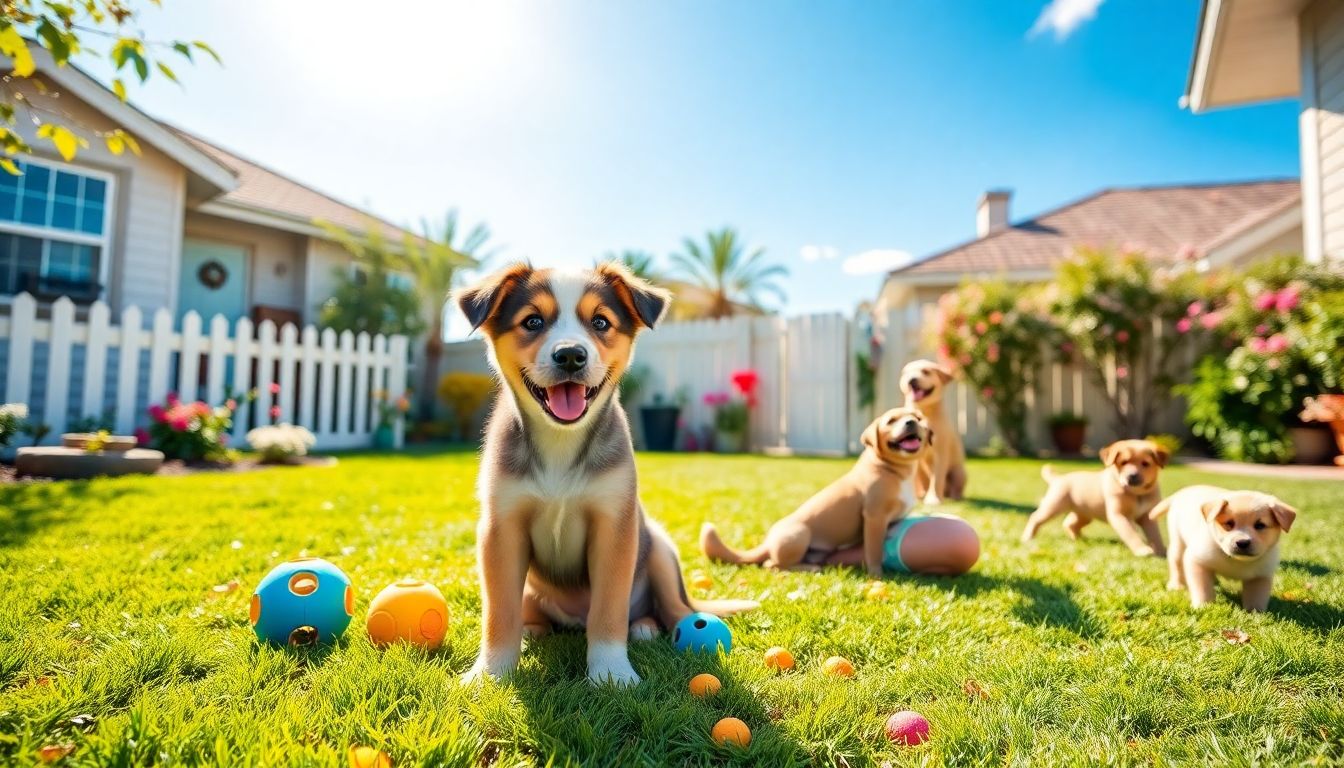
Training a puppy can feel overwhelming, but it’s one of the most rewarding experiences for a pet parent. The first 10 weeks are a critical period in shaping your puppy’s behavior, habits, and confidence.
This crash course gives you a week-by-week puppy training guide, focusing on trust, obedience, socialization, and practical skills. Stick to the plan, and you’ll lay the foundation for a happy, well-behaved dog.
Why the First 10 Weeks Matter in Puppy Training
Puppies are most receptive to learning during their first few months. Their brains are like sponges, soaking up every experience—good or bad. This early phase impacts their future behavior, confidence, and social skills.
🐾 Tip: The earlier you start, the easier it becomes to correct unwanted behaviors and build lifelong habits.
Set Realistic Expectations
Don’t expect perfection from the start. Puppies will:
- Nip and chew
- Have potty accidents
- Test boundaries
Stay patient and consistent. Celebrate small wins and remember—your goal is long-term success.
Essential Supplies Before You Begin
Here’s a quick checklist to prepare for puppy training:
- Collar and leash
- Training treats
- Chew toys and puzzle toys
- Puppy-safe crate
- Enzyme cleaner for accidents
- Grooming tools (brush, nail clipper, etc.)
✅ A well-prepped space = a stress-free training experience.
🗓️ 10-Week Puppy Training Plan (Week-by-Week Breakdown)
Here’s a tabular chart summarizing the 10-week crash course. Detailed explanations follow the table.
| Week | Training Focus | Key Activities |
|---|---|---|
| 1–2 | Build Trust & Routine | Create schedule, bond, teach Sit, Stay, Come, start housebreaking |
| 3–4 | Socialization & Handling | Meet safe people/dogs, begin grooming desensitization |
| 5–6 | Advanced Commands & Crate | Teach Down, Leave It, crate training, manage teething |
| 7–8 | Leash Training & Exploration | Loose-leash walking, trick training, new environments |
| 9–10 | Reinforcement & Social Skills | Strengthen all commands, continue exposure, prepare for advanced training |
Week 1–2: Build Trust and Begin Basic Training
🐶 Establish a Routine
Set regular feeding, potty, and playtime. Dogs thrive on consistency.
Teach Basic Commands: Sit, Stay, Come
Start training sessions 5–10 minutes, 2–3 times per day. Use treats and cheerful praise.
Potty Training
Take your puppy outside frequently—after meals, naps, and play. Always use the same spot and reward success.
❌ Never punish accidents. Clean thoroughly and try again.
Week 3–4: Introduce Socialization and Grooming
Safe Socializing
Expose your puppy to friendly people, other vaccinated pets, and quiet environments. Avoid overwhelming them.
Handling & Grooming
Touch their paws, ears, and mouth regularly. Use treats to build positive associations.
Prevent Problem Behaviors
Watch for signs of fear, anxiety, or aggression. Address issues early with positive reinforcement.
Week 5–6: Expand Training & Start Crate Work
Add Commands: Down, Leave It, Drop It
Train in different rooms or outdoors to improve responsiveness.
Begin Crate Training
Make the crate inviting. Feed meals inside and leave the door open at first. Never use it as punishment.
Manage Biting & Chewing
Provide chew toys, use bitter spray if needed, and redirect biting to appropriate objects.
Week 7–8: Master Leash Training & Boost Mental Stimulation
Loose-Leash Walking
Train in quiet areas. Stop when they pull, and reward calm walking beside you.
New Environments
Visit pet stores, parks, and sidewalks. Keep outings short and positive.
Trick Training
Fun tricks like “Shake” or “Roll Over” build mental sharpness and bond you closer.
Week 9–10: Reinforce, Review, and Prepare for Lifelong Training
Review All Commands
Make training a part of daily life—during walks, meals, or play. Repetition = retention.
Meet Other Pets & People
Continue socialization in safe settings. Supervise and reward calm behavior.
Plan Ahead
Think long-term. Consider agility classes or advanced obedience. Address barking, fear, or jumping early.
Quick Tips for Success
- Keep training sessions short and fun
- Use positive reinforcement only (treats, praise, toys)
- Avoid distractions during early training
- Be patient—it’s a journey, not a sprint
Conclusion: Start Strong, Stay Consistent
Your puppy’s early training sets the tone for life. Focus on trust, structure, and consistency, and your puppy will reward you with loyalty, love, and good behavior.
Whether it’s teaching commands, socializing, or building confidence, these 10 weeks will shape your puppy into the perfect companion.
🐕🦺 Start today with a calm voice, a treat pouch, and lots of love. Your puppy will thank you with tail wags and lifelong trust.
Also Read:
